Best 3D Printing Surfaces for your 3D Printer
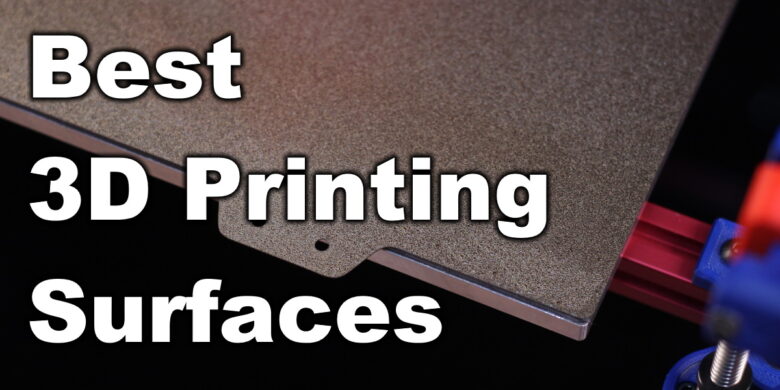
Since I started 3D printing, bed adhesion was one of the most common topics I’ve seen online. Most people have issues with bed adhesion, and most of the time it’s caused by improper bed leveling. But there are other cases where the print surface is not the right thing for the job, or it’s low quality.
In this article, I will go over a few 3D printing surfaces which can be used with your 3D printer to improve adhesion and ensure a good printing experience.
Magnetic PEI Flex Plate
One of my favorite 3D printing surfaces out there is the Magnetic PEI Flex Plate. It’s also known under different names, like a Magnetic Spring Steel Sheet or PEI sheet.
As the name implies, this is usually a flexible metallic sheet that has a PEI sheet applied to it and attaches magnetically to your heatbed. It’s made this way so you can remove the sheet when the print is completed, then flex the print surface to easily remove the printed model.
Probably the most popular PEI magnetic flex plate is the one with a powder-coated surface. But there are multiple versions out there. For example, you could get a double-sided powder-coated PEI sheet, but if you want more flexibility, you can choose one of the printing surfaces to be a smooth sheet of PEI. That way, you can control the finish of the printed model.
Just keep in mind that the smooth side will be less durable compared to the textured side, and if you’re not careful, it’s easy to scratch it. Below you can find an example of a damaged PEI sheet after I did some changes to the printer, and forgot to adjust the Z offset.
The PEI surface helps with adhesion, and it works for a wide range of materials, like PLA, PETG, ABS, and TPU, as long as you keep it clean and use the correct offset.
Here are a few sites where you can get PEI 3D printing surfaces:
AliExpress
Amazon
Banggood
BuildTak
My first contact with the Original BuildTak print surface was a few years ago when I reviewed the Raise3D E2. I used other BuildTak-like print surfaces in the past, but never the original. It was a good experience, and I didn’t have issues with adhesion as long as the Z offset was properly set.
Since then I also got in contact with BuildTak and they made me some custom print surfaces with the 3DPrintBeginner logo to use on my printers. I installed them, and I must say, I love the adhesion you get.
With the BuildTak print surface, you can easily print PLA and TPU without even heating up the print surface. PETG and ABS need a bit of heat due to the nature of the material, but adhesion is just excellent.
I recently printed my HexaHive Speaker Stands on the Sidewinder X2 which has a BuildTak surface applied to the glass surface. Even though the base of the model covers most of the 310×310 print surface of the printer, I was able to print SUNLU PETG without even heating the bed, over about 2 days of printing for each stand. It works really well.
It’s worth mentioning that Z offset calibration is crucial when printing on BuildTak because if you print too low, the model will actually fuse to the print surface and you can damage it.
Speaking of damage, BuildTak print surfaces are also more delicate when it comes to the hot nozzle touching the print surface. Avoid doing that if you don’t want to get small holes in it. Ask me how I know 🙂
Overall, the BuildTak print surface is excellent if you mostly print PLA, PETG and TPU as you can do it without heating the bed. But I can’t say it’s much better than a PEI sheet when talking about other higher-temperature materials like ABS, PC, or ASA.
After a while, the Raise3D E2 BuildTak surface started to “bubble up” on the sections where I was printing most often. This happened after more than a few hundred hours of print time, but I didn’t encounter anything like that with PEI, so BuildTak might need to be replaced more often.
Here are a few sites where you can get BuildTak 3D printing surfaces:
BuildTak
Amazon
Glass Mirror
There are a lot of people who like to use a glass mirror as a print surface for their 3D printer. The most attractive feature of using a glass mirror as a print surface is the glossy finish you get on the bottom of your model.
Besides that, the cost of a glass mirror print surface is insignificant, considering you can get a piece of mirror the size of your heatbed for less than 10$. It’s widely available and you should have no trouble finding one.
You can print filaments like PLA and TPU directly on the glass surface, but for PETG and ABS, I recommend using some PVA glue stick to help with adhesion and also create a release layer. If you print PETG or ABS/ASA directly on the glass mirror, the filament can bond to the print surface.
One of the downsides of using a glass mirror as a print surface is the added weight, especially if you have a printer with a big heatbed. After you add the glass mirror to your heatbed, you might see increased ringing on your Y-axis. This only applies to cartesian 3D printers. Printers with a CoreXY movement system, where the bed only moves on the Z-axis is not impacted by this.
I used a glass mirror print surface only once, with my old Anet A8 3D printer. It worked fine at that time, but after I discovered PEI printing surfaces, I never looked back.
Ultrabase
The Ultrabase print surface was first launched by Anycubic, and it’s a glass print surface with a textured finish on the top. This textured finish helps with model adhesion when the surface is hot. When the print is completed, and the ultrabase print surface starts to cool down, the model releases itself.
Nowadays, there are a lot of Ultrabase-like printing surfaces which come as a default printing surface for most 3D printers. Printers like the Artillery Sidewinder X2 and Genius come with something similar, and Creality sells most of their printers with a “carborundum” print surface which is just a fancy name for the same thing.
You can print filaments like PLA, PETG, ABS and PETG with the same considerations as for a simple glass mirror print surface.
In some cases, the Ultrabase clone print surfaces work well, but I also encountered situations where adhesion was just not as expected, and I needed to use adhesion materials to get a consistent result.
If you are thinking about upgrading your printer and purchasing an Ultrabase print surface, I recommend checking out other 3D printing surfaces. Not because this one is not good, but there are other alternatives like PEI and BuildTak which are much better and weigh a bit less compared to this.
Here are a few sites where you can get Ultrabase 3D printing surfaces:
AliExpress
Amazon
Banggood
Garolyte / FR4 Sheet
These garolite sheets are also a good 3D printing surface because it is much lighter than glass and quite cheap. You can print most filaments on it, including PETG which doesn’t work that well on glass.
Maker’s muse has a good video about this printing surface with a lot of details and use cases, so I recommend watching it for more information.
I still like these FR4 sheets less than PEI magnetic flex plates because they still require the use of paper clips to hold them in place. Otherwise, I think they are a good alternative.
Here are a few websites where you can get FR4 3D printing surfaces
AliExpress
Amazon
Banggood
Textured and Holographic 3D Vinyl
You can also purchase textured 3D vinyl to use as a printing surface for your 3D printer. Sure, these are not made specifically for a 3D printer, but you can print PLA on almost anything so there’s no surprise people started doing this.
I’ve seen people install textured carbon fiber vinyl on their glass print surface, to get the same texture on the bottom of their prints.
Others are using this holographic film which has a nice rainbow effect that transfers to the model. If you like this effect, then order some, and please leave a comment with your results. I would love to see how it works, and what kind of useful applications you found. I am more of a matte finish person, so I didn’t try this yet.
Just remember that adhesion might not be the best with some filaments, and this should be used only in specific cases.
Here are a few sites where you can get Textured and Holographic 3D printing surfaces:
Amazon
AliExpress
Liked it?
|
|

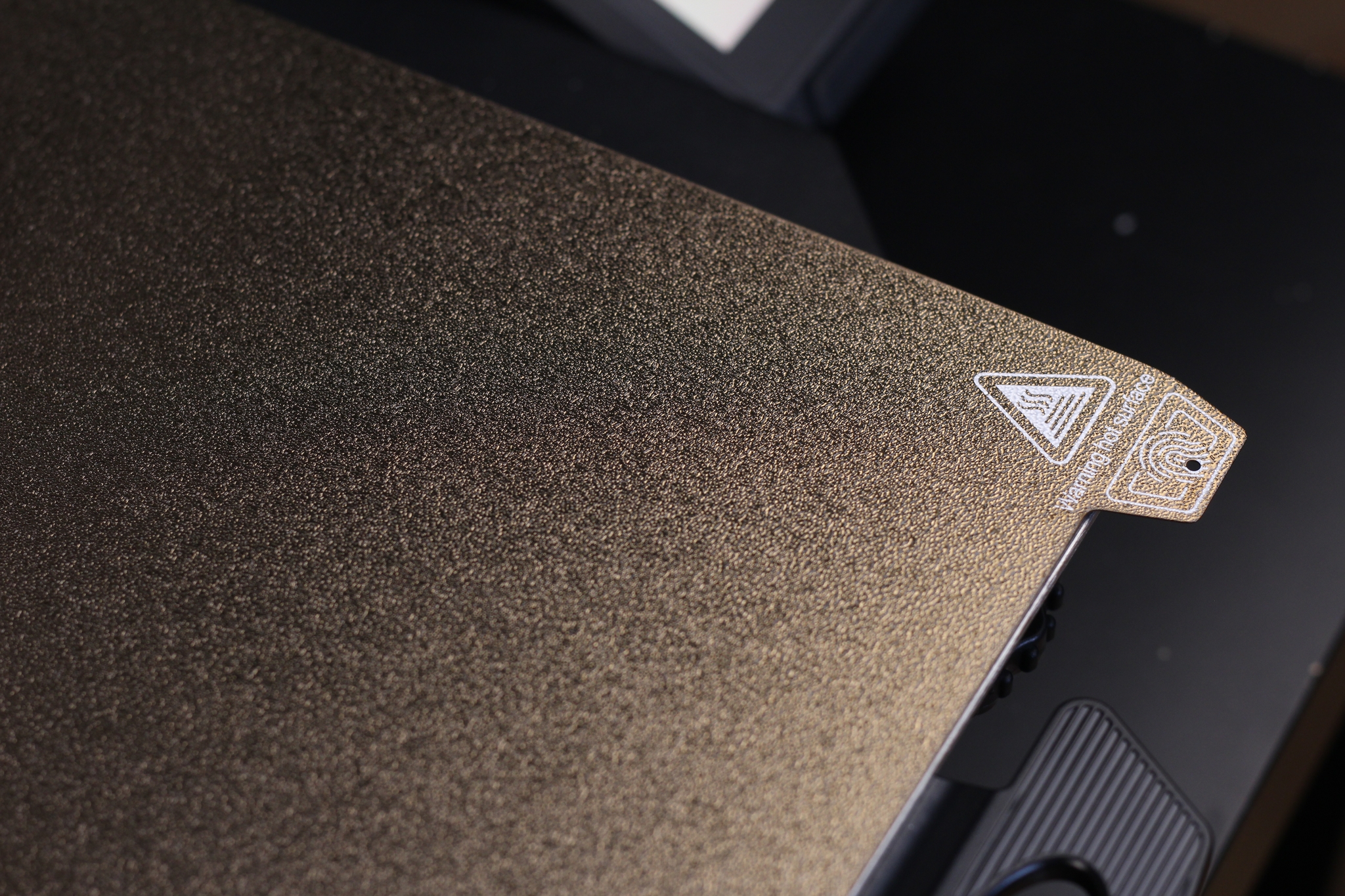
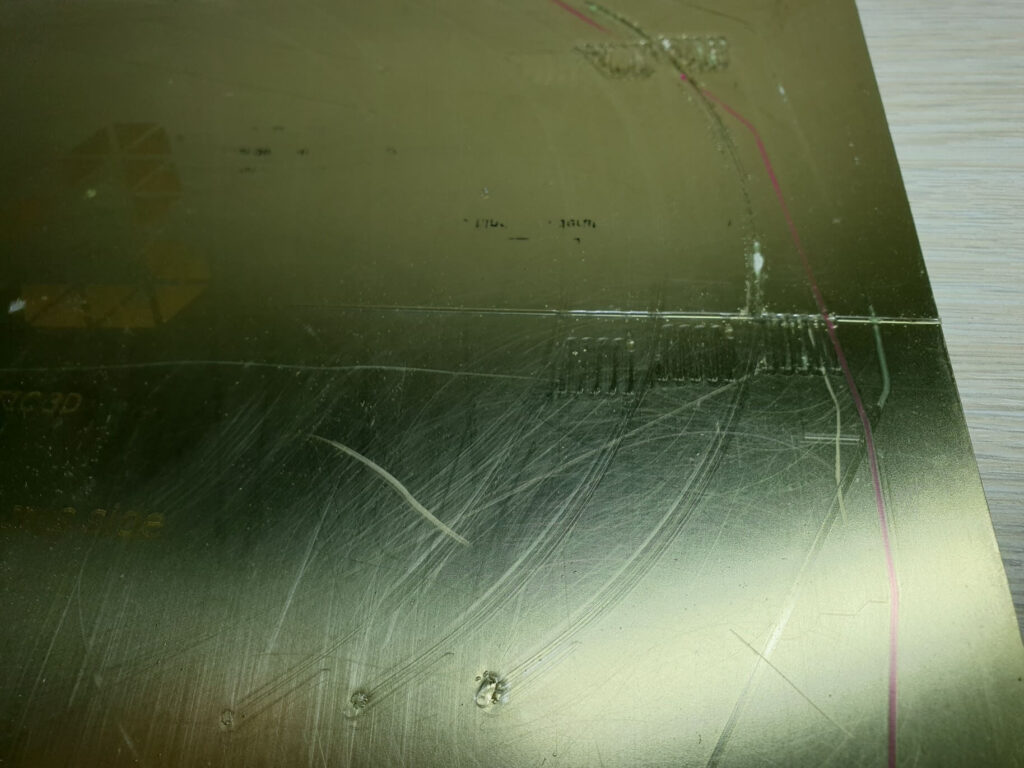
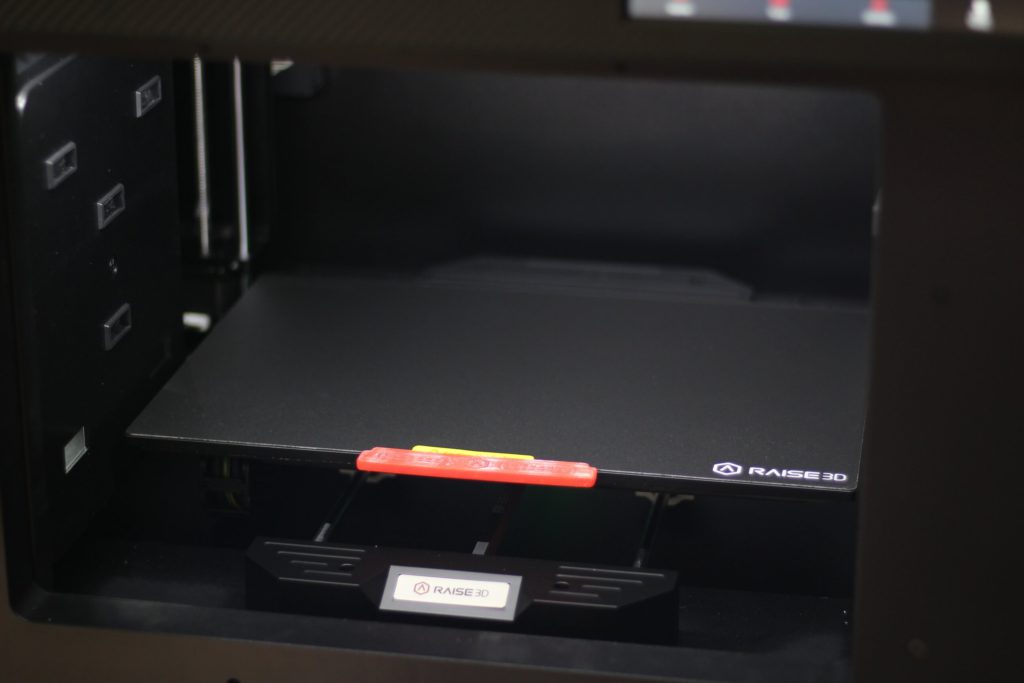
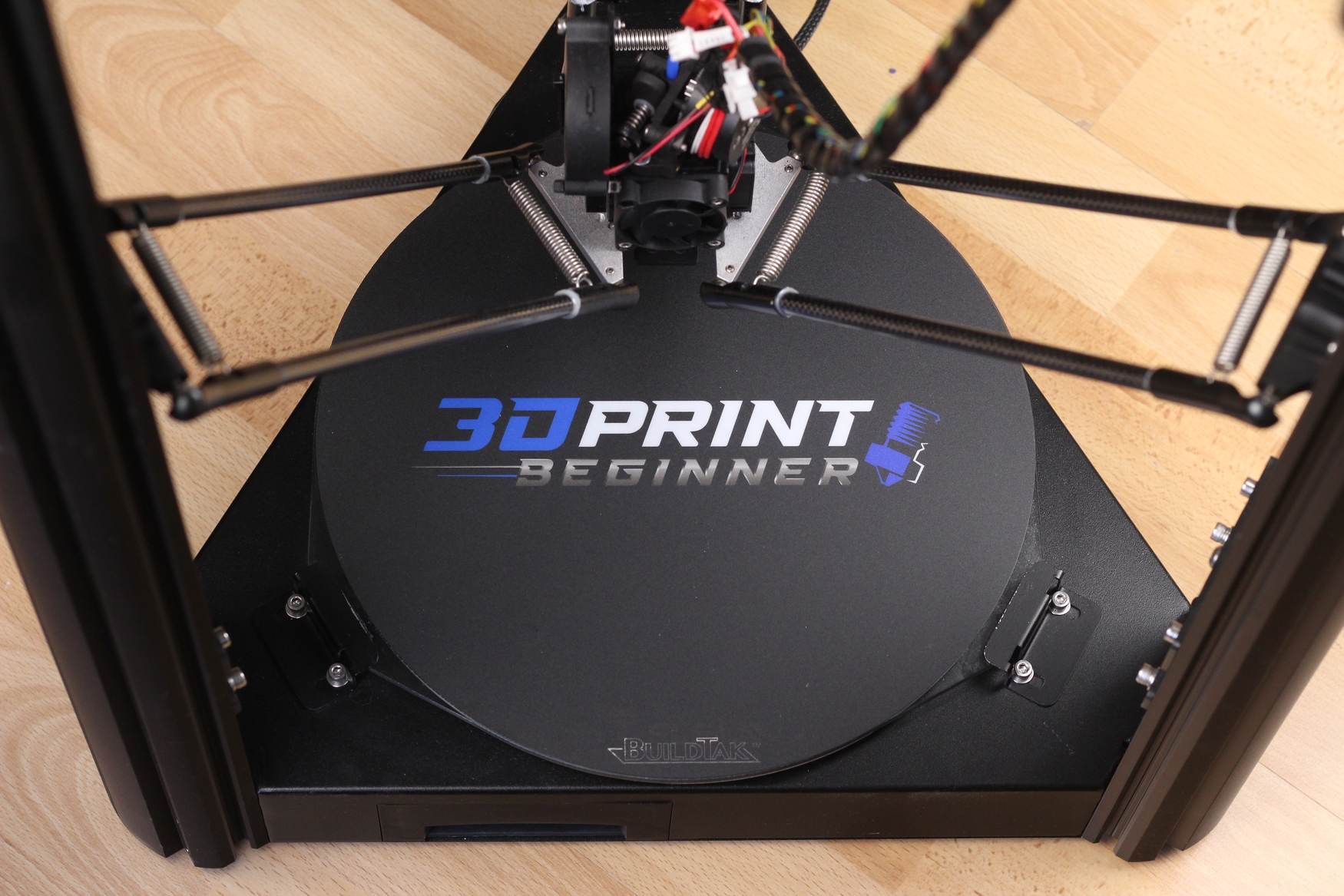
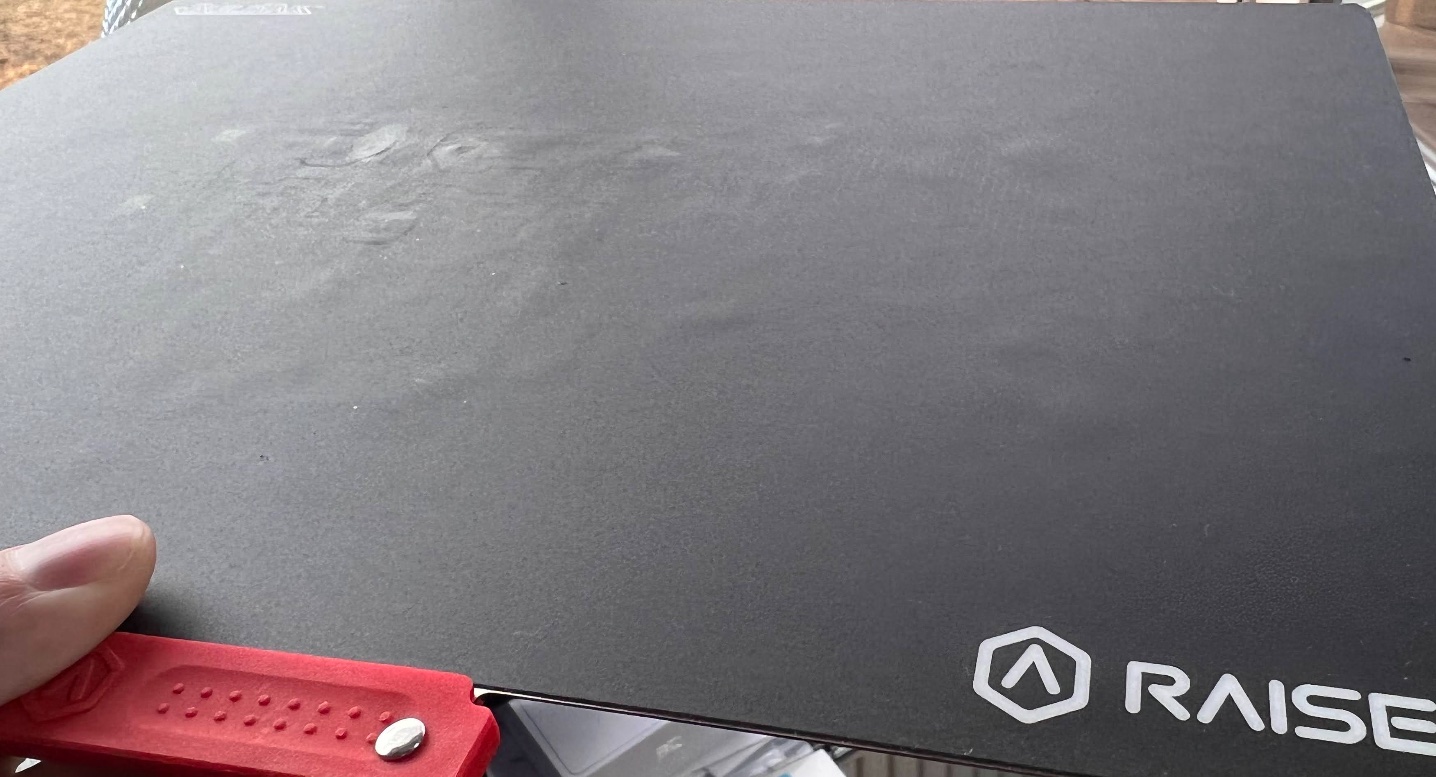
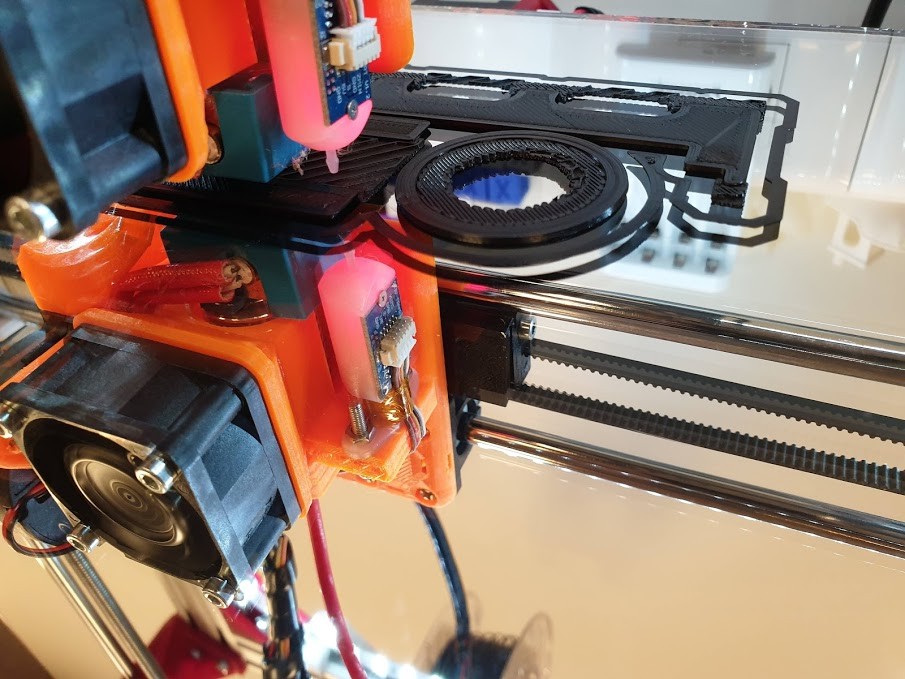
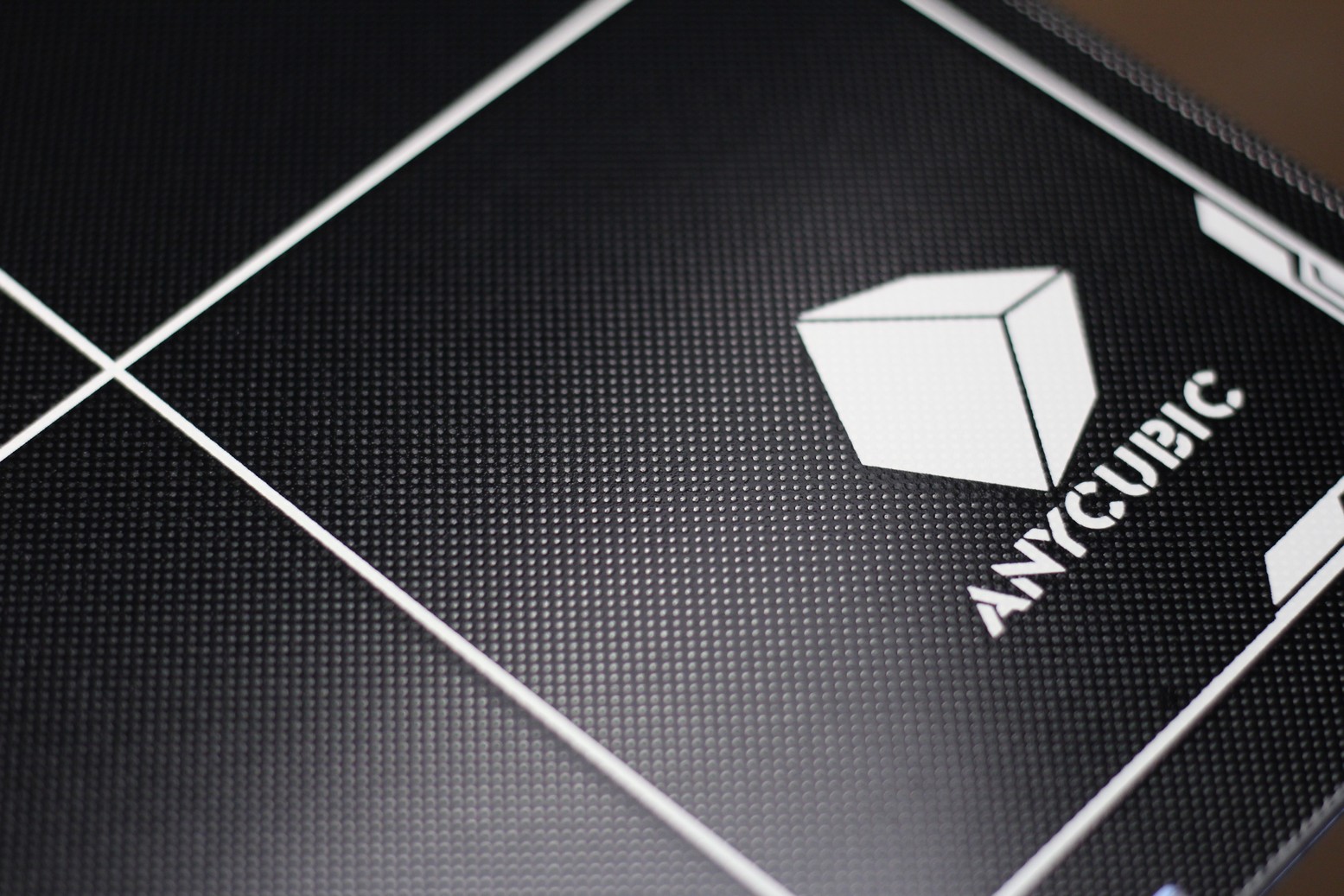
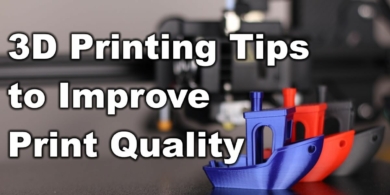
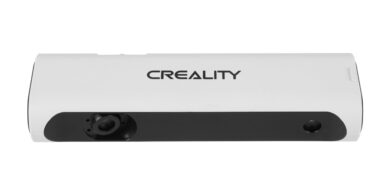
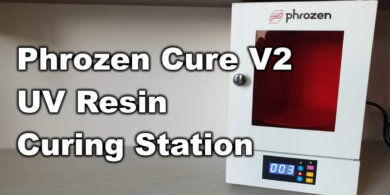
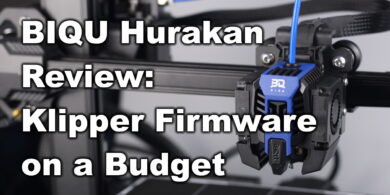
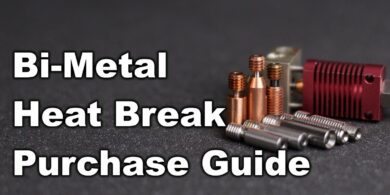
What is the original magnetic flexible sheet made of that comes with the KP3S? Is it the same as buildtak? Anyway, I bought PEI springsteel sheets for my KP3S as well, but haven’t used them yet as the originals are holding up quite ok. Some sticky PLA leaves some residue, but nothing some boiling water doesn’t fix.
The original sheet for the KP3S is a magnet with some plastic coating on the top. Not sure what it’s made of.
Another excellent article from 3DPrintBeginner. Learned new tricks and also tried the textured carbon fibre PVC foil. Damn, it works and leaves a great looking surface. Thanks.